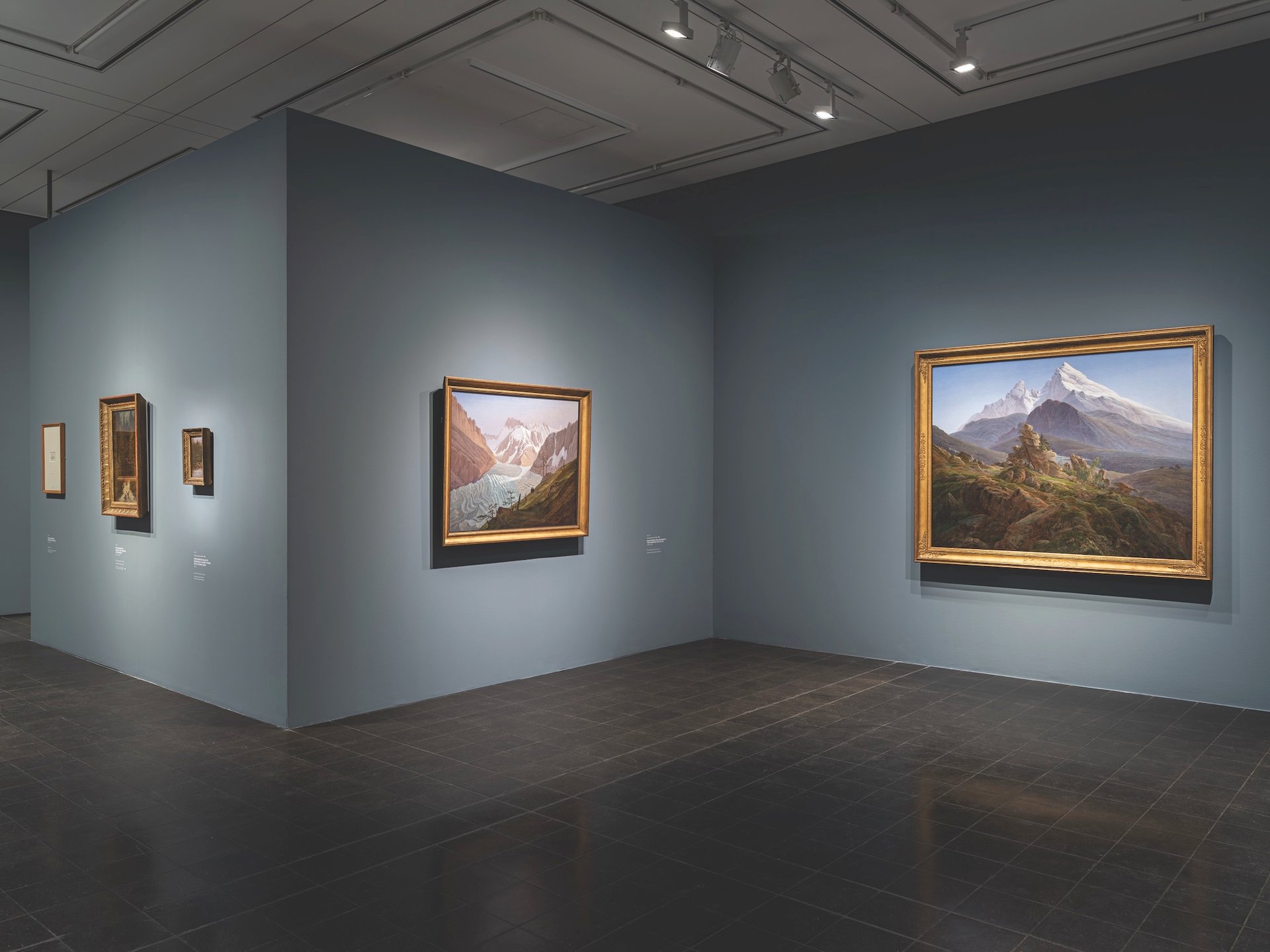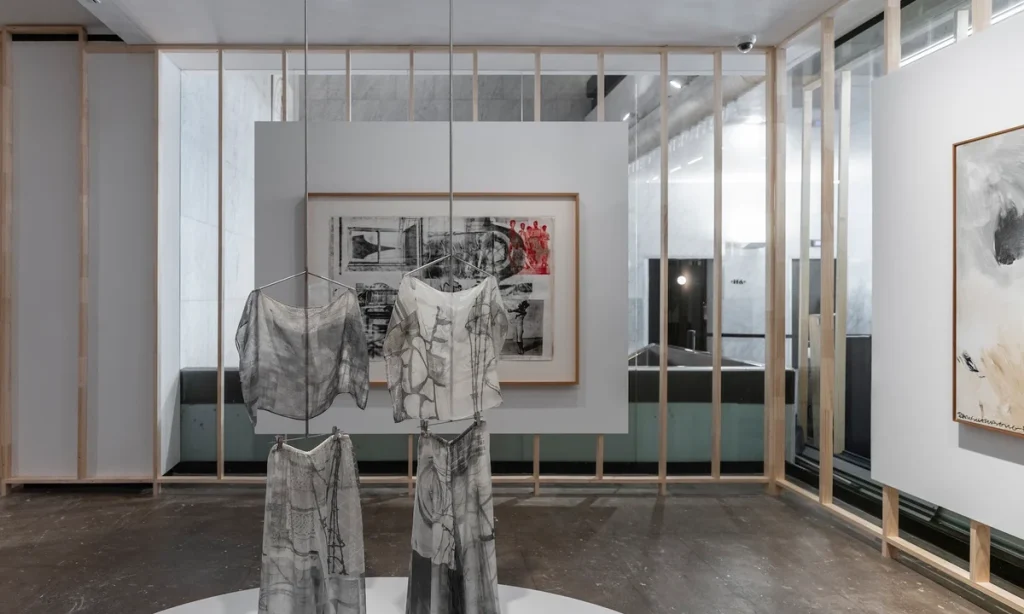Lately, it feels as if not a year goes by without a critical mass of museums celebrating the anniversary of the birth or the death of some famous artist. Usually, the artist is male. Often, he is white. This autumn, the man of the hour is Robert Rauschenberg, the prolific American polymath who blurred the boundary between painting, performance, installation and sculpture. He was born 100 years ago this month.
To mark the occasion, nearly 100 organisations around the world are pulling Rauschenberg’s work out of storage and putting it on display. More than 30 of them have developed dedicated exhibitions, conservation initiatives and programming. They range from the Menil Collection in Houston, which is presenting the first survey of Rauschenberg’s use of fabric (until 1 March 2026), to the Grey Art Museum in New York, which brings together prints by the artist that engage with the environmental art movement (until 11 April 2026).
This kind of broad tribute is not unusual. In 2024, 15 exhibitions across Belgium marked the 75th anniversary of the death of the Belgian expressionist painter James Ensor. The year before that, we got a double anniversary whammy: the centennial of Ellsworth Kelly’s birth (celebrated with exhibitions at Glenstone in Maryland, the Museum of Modern Art in New York and elsewhere) and the 50th anniversary of Pablo Picasso’s death (commemorated by 50 exhibitions across Europe and North America).
To come up with a novel take on someone as omnipresent as Picasso, museums had to get highly creative and extremely specific. MoMA dedicated an entire show to just one summer of the artist’s career, when he rented a villa in Fontainebleau, France in 1921. You can thank Picasso’s death-iversary for It’s Pablo-matic, the widely panned Brooklyn Museum exhibition curated by the comedian Hannah Gadsby. The Metropolitan Museum of Art mounted a show exploring an unrealised commission Picasso developed for a little-known collector and critic named Hamilton Easter Field. In a press release, the Met’s director, Max Hollein, trumpeted it as “the first-ever exhibition” to focus on the subject. I cannot imagine why nobody thought to pursue it earlier.
Installation view of James Ensor: Inspired by Brussels at the Royal Library of Belgium, 2024 © Royal Library of Belgium, Brussels
We often take these kinds of exhibitions for granted, in the same way that we do not question the five-day workweek or the expectation that women wear makeup. But like any cultural norm, the idea that we must celebrate an already famous artist simply because they were born or died a round number of years ago is not just arbitrary. It reinforces the status quo for a new generation. The anniversary exhibition feels analogous to legacy admissions, the practice of universities favouring students whose relatives attended the same school. (Although the US Supreme Court banned affirmative action in 2023, citing the unequal treatment of applicants, there is no federal prohibition on legacy admissions.)
I understand why these sorts of shows happen. Museums have a fear of missing out—they want to be part of a cultural moment. I have been told that board members, especially those who collect work by the artist being fêted, are especially supportive of this kind of programming. In this era of tight exhibition budgets, these programmes are also economical: they often draw from the permanent collection and come with opportunities for additional financial and logistics support. The 2023 Picasso bonanza was sponsored by the cultural ministries of Spain and France, which are deeply invested in the Picasso economy; the Robert Rauschenberg Foundation funded anniversary projects with grants ranging from a few thousand dollars to a few hundred-thousand dollars.
I do not blame artist foundations for this trend. They are just doing their job. In fact, the Rauschenberg Foundation leads the way in thinking expansively about how to honour an artist’s legacy without funding hagiography. It regularly supports small and midsize arts organisations that share Rauschenberg’s commitment to contrarian and experimental programming; grantees are as varied as New York City’s Chinatown Tenants Union and the Bomazeen Land Trust, which is run by Indigenous leaders in Maine.
Courtney J. Martin, who became director of the Rauschenberg Foundation in mid-2024, notes that for her, the centenary is an exception rather than the rule. She has no plans to support this kind of intensive global celebration again during her tenure. “You only turn 100 once,” she says.

Installation view of Caspar David Friedrich: Art for a New Age at Hamburger Kunsthalle, Germany, 2023 Photo: Fred Dott, courtesy Hamburger Kunsthalle
The best-case scenario is when an anniversary simply serves as a pretext for a show that a curator already wanted to do, or lends urgency to a project that might otherwise be deprioritised. And, perhaps counterintuitively, some landmark exhibitions—like the Met’s Caspar David Friedrich show earlier this year—are only possible because of arbitrary anniversary celebrations happening elsewhere. The New York museum was able to get key loans for the first major exhibition of Friedrich in the US because many German institutions were cycling their masterpieces off view simultaneously after celebrating Friedrich’s 250th birthday in 2024.
Terence Washington, a Philadelphia-based writer and curator, has expressed his own frustration with the anniversary-exhibition phenomenon. When I called him to discuss it, he pointed out that the artist Mavis Pusey, who was born three years after Rauschenberg, is having her first major museum survey at the Institute of Contemporary Art, Philadelphia (until 7 December). The late Jamaican American artist, who made a significant contribution to American abstraction, died in 2019. “The calendar doesn’t work the same way for everyone,” Washington says.
Many factors determine a museum’s exhibition schedule beyond novelty and art-historical significance—board support, attendance projections and budgetary limitations among them. Still, I would rather have a curator decide what to pull out of storage based on their own interests and understanding of their audience rather than on someone’s upcoming birthday. I think the public would benefit more, too.
There will be plenty of opportunities to test my hypothesis. I would bet good money that museums are already planning a rip-roaring celebration of Picasso’s 150th birthday in 2031. That’s just six years away.
